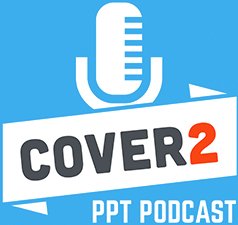LIVE FREE. Free of opiates, free of addiction, free to choose.
Did you know there are alternatives to prescription painkillers?
These days, we’re seeing more and more young athletes receiving prescriptions for opiate painkillers after an injury. But these drugs are just as addictive as contraband substances that are sold on the street.
An entire population is at risk. And it’s not just young athletes: anyone can become addicted to prescription opiates.
When you look at the chemical composition of legally-prescribed opiates and illegal opioids, you won’t see many differences. Worse, when a young athlete gets a serious injury, an opiate prescription is often the first solution which the medical community offers. A high percentage of these athletes will be over-prescribed—to the point that taking the prescribed dosage can move them right into addiction. This has been documented numerous times.
Once a person develops Opioid Use Disorder, a physical reliance on opioids, the road to recovery is long and difficult. For many people, it may not end in success. While Cover2 Resources strives to provide resources for those who want to enter long term recovery, we also believe opiate addiction must be stopped before it even starts. We believe that education is the key—letting people know about the alternatives to prescription opiate treatment and encouraging them to make a choice to LIVE FREE.

That’s what LIVE FREE is all about.
The pain—it’s real. What do you do?
No one likes living with pain. It keeps us up at night and makes it difficult to enjoy daily life. Pain is the body’s message to the brain—“you’re in danger! Damage has been done!” But this message doesn’t stop once the brain has received it. It goes and goes.
For many people, chronic pain can destroy quality of life. Prescription opiates seem to offer a way out. In reality, opiates don’t deal with the cause of pain. They only mask it by altering the brain’s neurochemical balance.
Alternatives to prescription opiates:
They do exist. Here’s what you can do.
- Tough it out. This is a hard option, but long-term, it carries none of the risks associated with taking prescription opiates.
- Use pain medication like ibuprofen. If your doctor wants to prescribe opiates for pain, consider requesting prescription-strength ibuprofen. Alternately, you can take over-the-counter Ibuprofen at the recommended dosage.
- Consider massage therapy. According to Massage Envy, “injury massage therapy can help reduce stiffness, restore movement, and provide relaxation.” Pain is a stressful experience. Massage therapy can reduce that stress.
- Consider acupuncture. This alternative discipline may help individuals who are struggling with pain.
- If you have to take an opioid, start with a lower dosage than your prescription. Do not increase the dosage. This may be less effective in treating pain, but it may also reduce the risk of addiction.
Cover2 Resources: Where we’re headed
Simply describing these alternatives isn’t enough. Ultimately, Cover2 Resources will develop an educational curriculum to provide in-person, hands-on instruction about the alternatives to prescription opioids.
At the moment, we are building community alliances and gathering resources to undertake this task. Once this educational program has been completed, we hope to bring it to grade schools, high schools, and colleges all across Ohio. If we can educate our youth about the dangers of prescription opioids, we can fight the opioid epidemic one life at a time.




